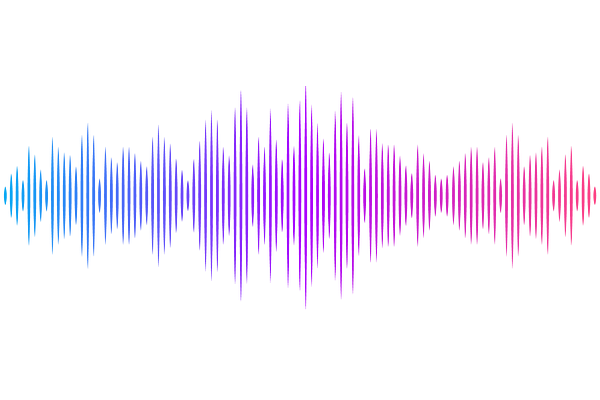View-Independent Adjoint Light Tracing for Lighting Design Optimization

View-Independent Adjoint Light Tracing for Lighting Design Optimization
Lukas Lipp, David Hahn, Pierre Ecormier-Nocca, Florian Rist, Michael Wimmer
AbstractControlling light is a central element when composing a scene, enabling artistic expression, as well as the design of comfortable living spaces. In contrast to previous camera-based inverse rendering approaches, we introduce a novel method for interactive, view-independent differentiable global illumination. Our method first performs a forward light-tracing pass, starting from the light sources and storing the resulting radiance field on the scene geometry, representing specular highlights via hemi-spherical harmonics. We then evaluate an objective function on the entire radiance data and propagate derivatives back to the lighting parameters by formulating a novel, analytical adjoint light-tracing step. Our method builds on GPU ray tracing, which allows us to optimize all lighting parameters at interactive rates, even for complex geometry. Instead of specifying optimization targets as view-specific images, our method allows us to optimize the lighting of an entire scene to match either baked illumination (e.g., lightmaps), regulatory lighting requirements for work spaces, or artistic sketches drawn directly on the geometry. This approach provides a more direct and intuitive user experience for designers. We visualize our adjoint gradients and compare them to image-based state-of-the-art differentiable rendering methods. We also compare the convergence behavior of various optimization algorithms when using our gradient data vs. image-based differentiable rendering methods. Qualitative comparisons with real-world scenes underline the practical applicability of our method.